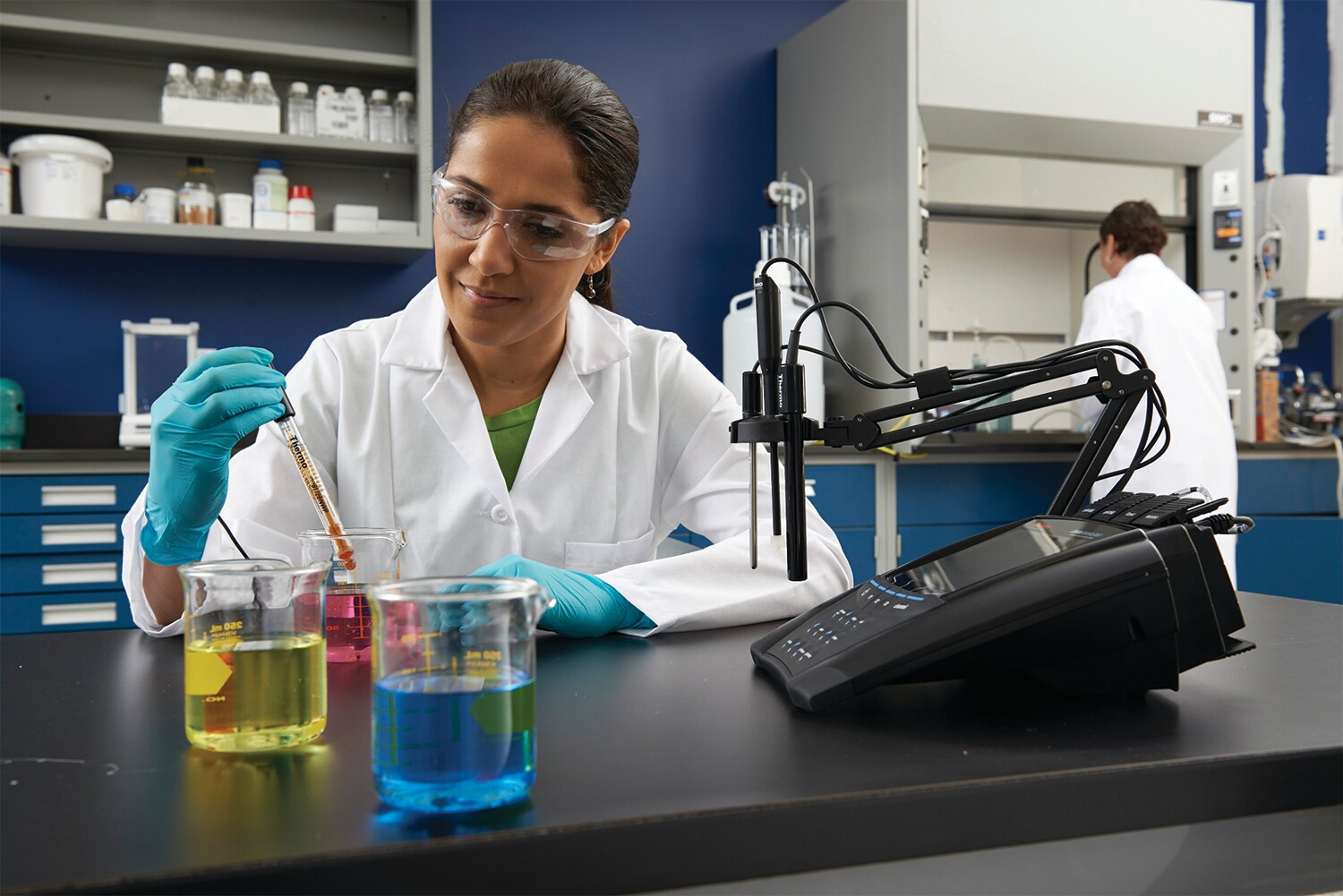
The purest water you can get out of a water system, ultrapure or type 1 water, is critically important in many labs, especially those with analytical and life sciences applications. Most labs today have ultrapure water in addition to either pure (type 2) or Reverse Osmosis (type 3).
Essentially impurity-free, ultrapure water is not a natural state. As a result, verifying its quality outside the water system requires important considerations in order to understand results. Confusion can easily arise around the measurements used in the verification process. Consequently, there are a number of myths about the measurement of ultrapure water, particularly with regard to conductivity levels and pH.
Measuring conductivity levels is important as it helps verify water quality by determining the amount of dissolved ions present in a water sample. It is commonly believed that ultrapure water conductivity should match the ultrapure water system after dispensing; however, this isn’t true. Upon being dispensed, ultrapure water immediately picks up carbon dioxide and conductivity, and will therefore read higher.
Another common misconception is that after generating the ultrapure water, the pH should be exactly 7.0. In reality, the pH of ultrapure water quickly decreases. Generally, pH measurements of ultrapure water tend to be unstable and can be inaccurate. pH is not a sensitive indicator of water quality.
For some more myth-busting around ultrapure water and pH, watch our webinar.




Leave a Reply